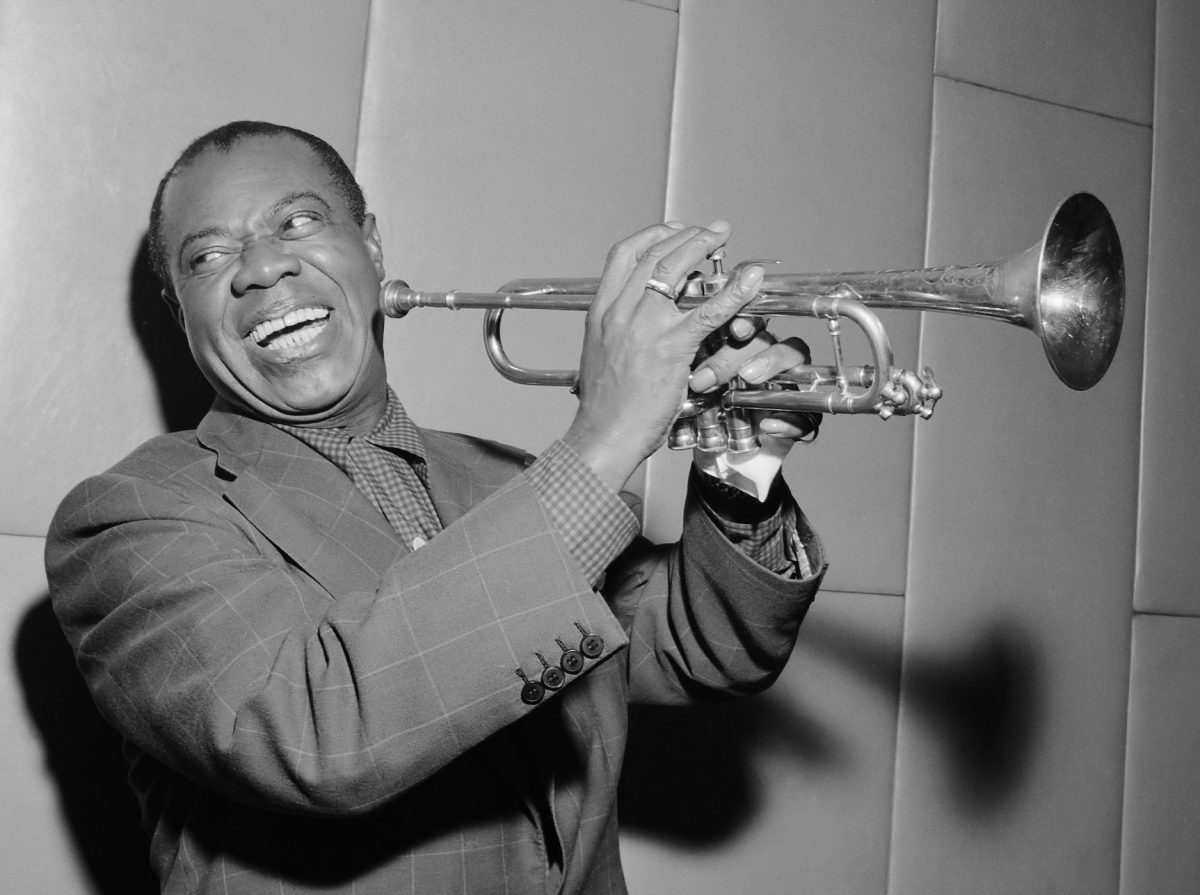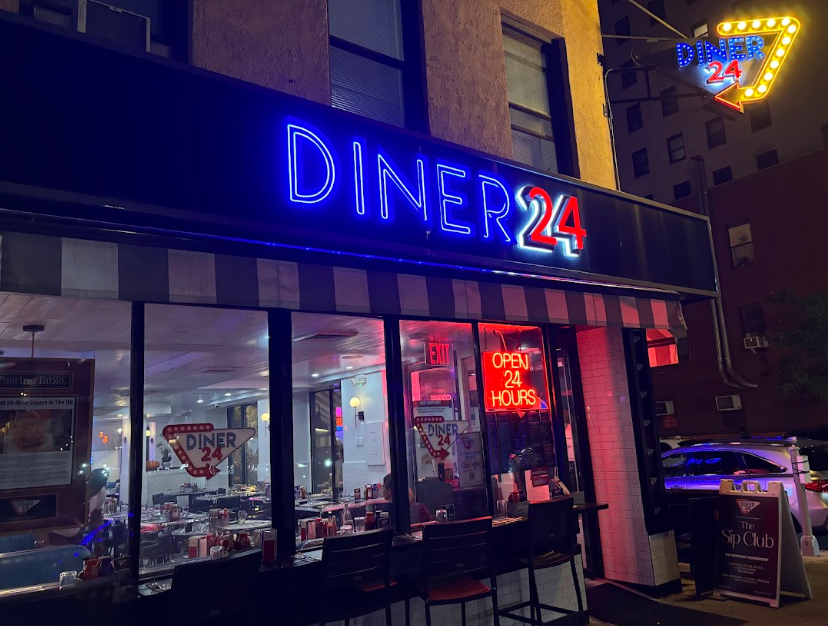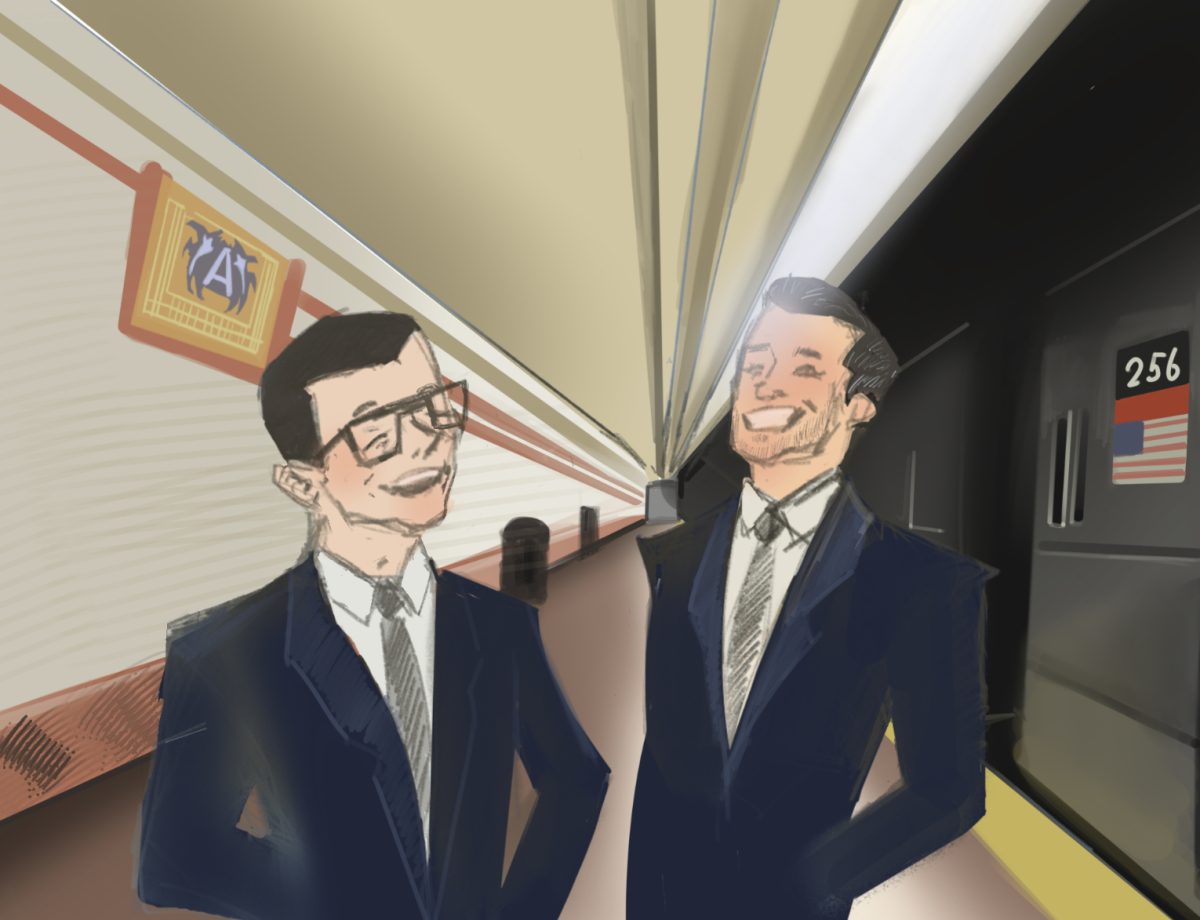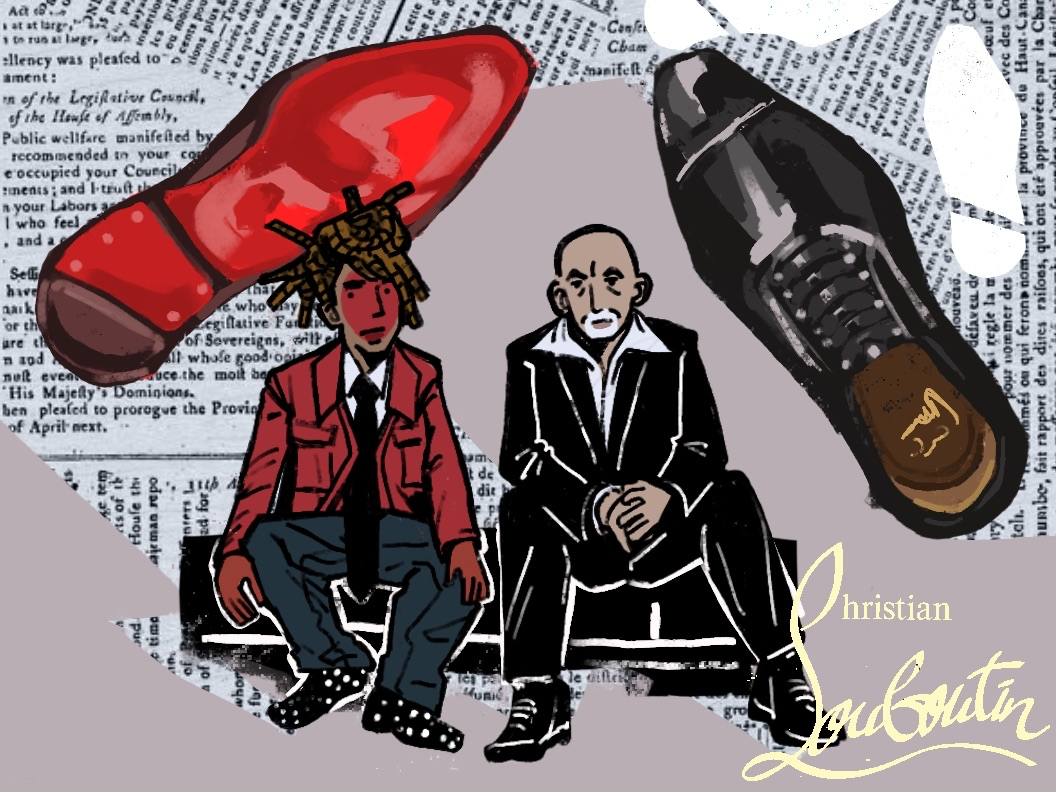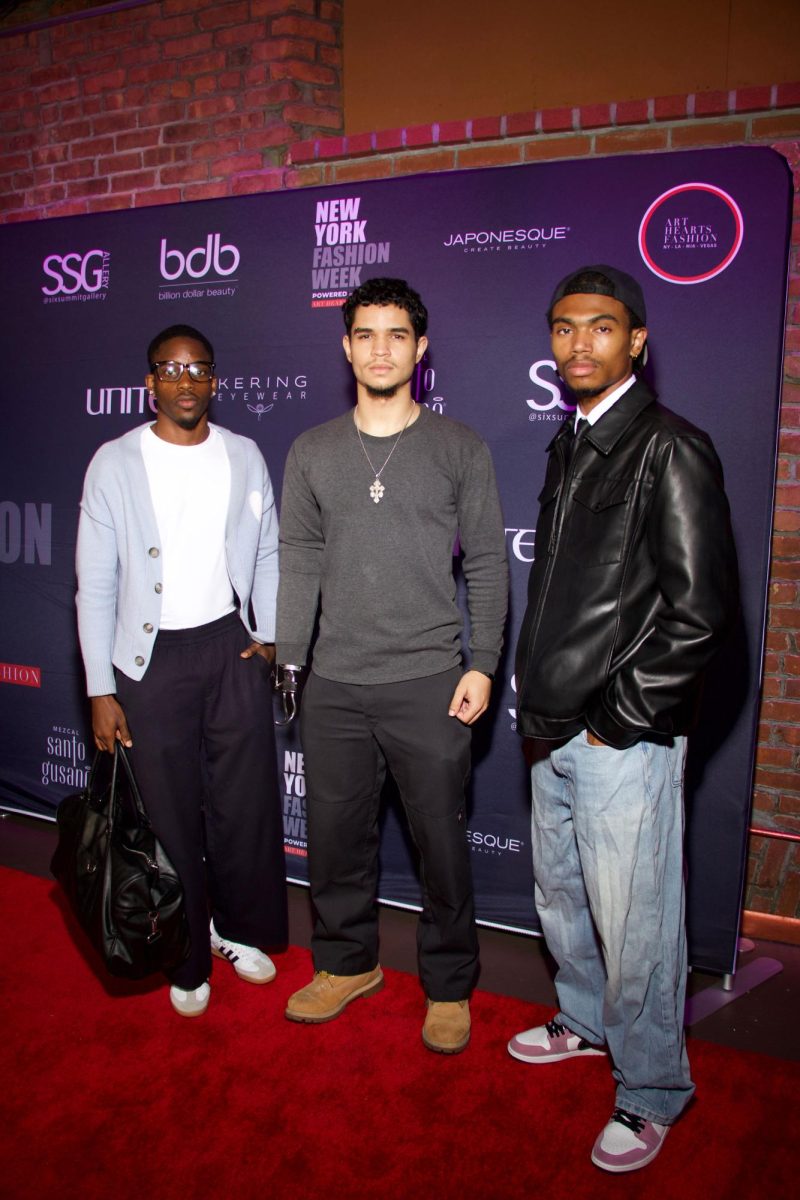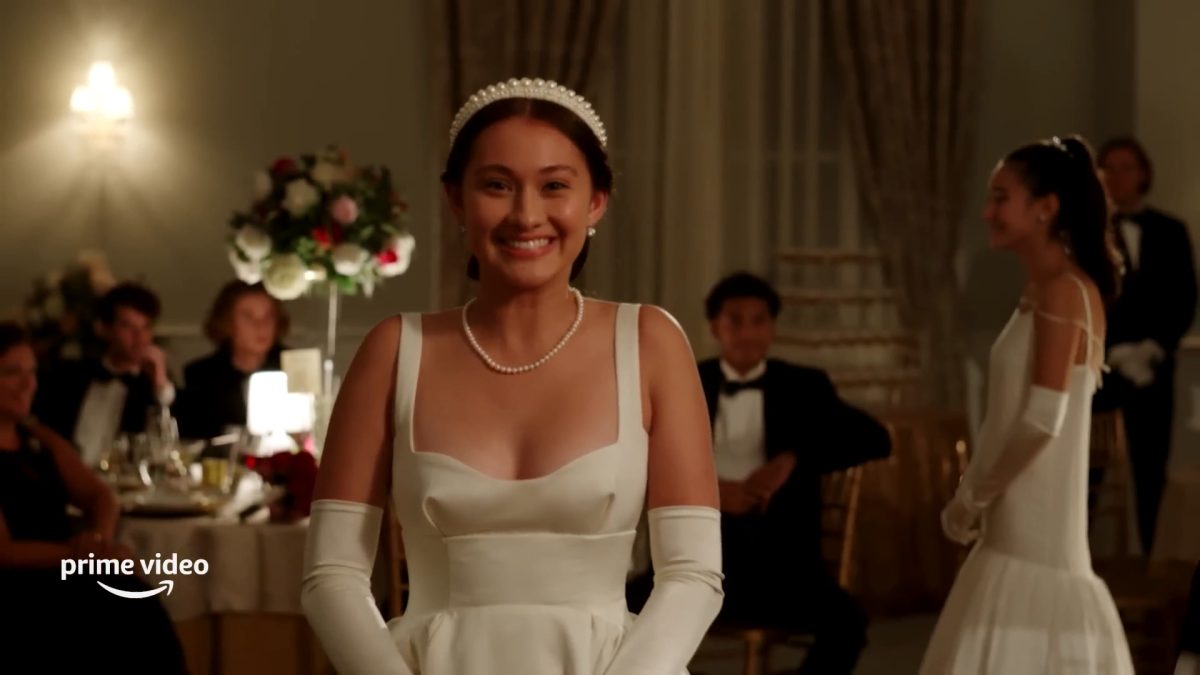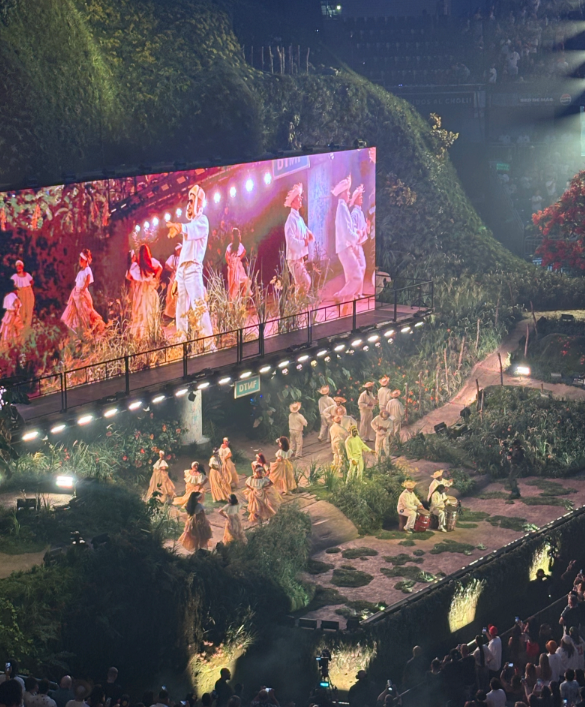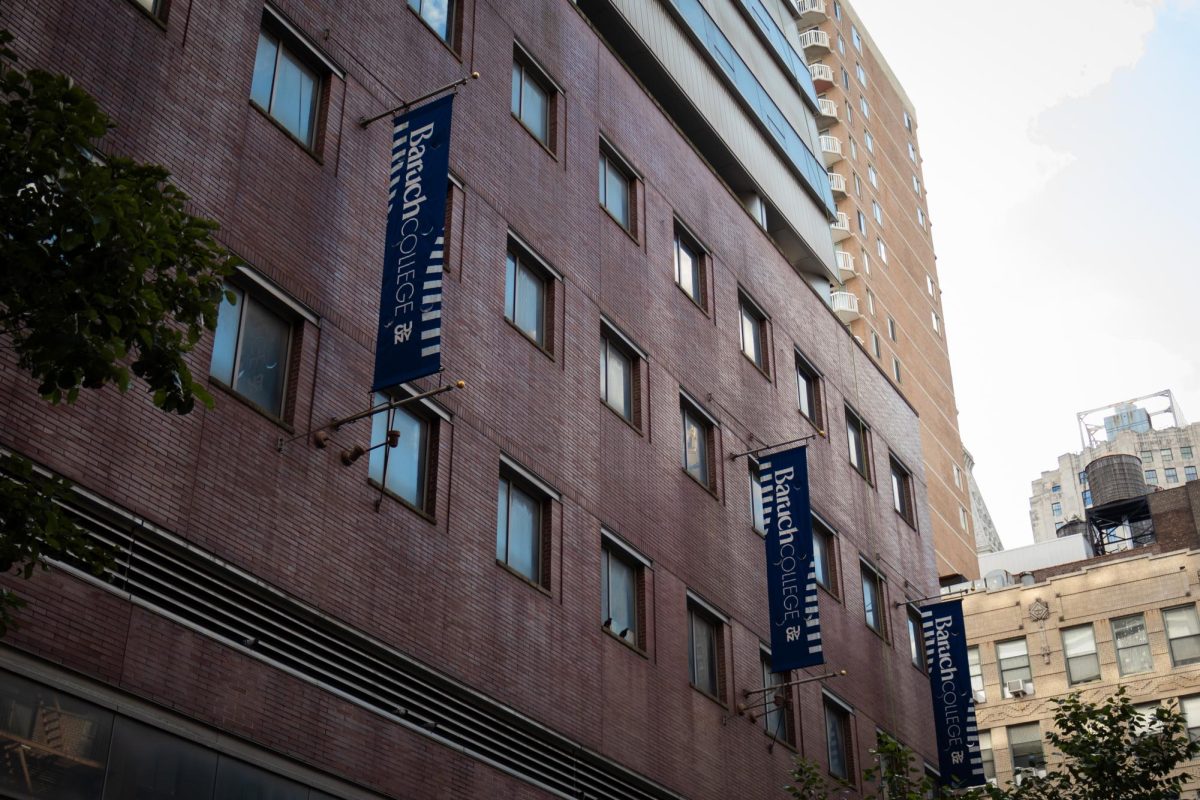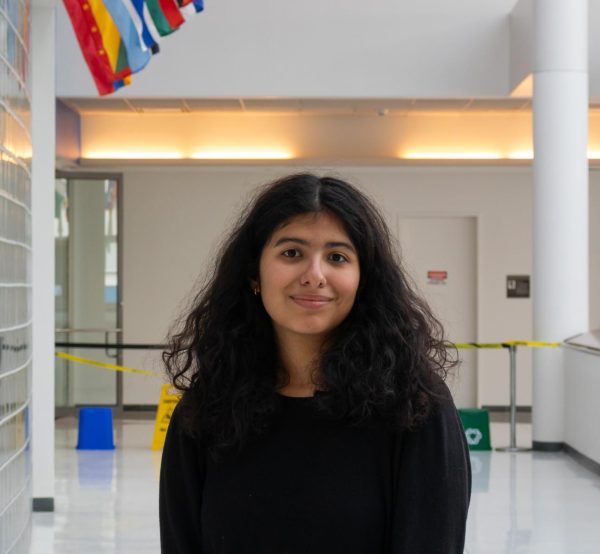The City University of New York and the Louis Armstrong House Museum held a ribbon-cutting ceremony for the grand opening of the Louis Armstrong Center on July 6.
The new center is located across the street from Louis “Satchmo” Armstrong’s home-turned-museum in Corona, Queens, where Armstrong lived from 1943 until he died in 1971.
Currently, the center houses the trumpeter’s 60,000-piece archive, the world’s largest collection for a jazz musician.
It consists of photos, recordings, mementos, manuscripts, and letters that belonged to the artist. Armstrong’s wife Lucille began working on the archive after his death.
The artifacts include 1,600 recordings, 650 home-recorded reel-to-reel tapes, 5,000 photographs, 14 mouthpieces and five trumpets, among others.
The ceremony included performances by a brass band and a trumpet ensemble from New Orleans, where Armstrong spent his formative years. Attendees were given an open house tour and a sneak preview of the archives.
“The opening of the new Louis Armstrong Center is music to my ears, ” CUNY Chancellor Félix V. Matos Rodríguez said. “I’ve been looking forward to this occasion since helping to break ground on the project in 2017 when I was president of Queens College and Armstrong’s archives were housed on campus.”
Before the archive’s relocation, it was established at Queens College in 1991.
The Louis Armstrong Educational Foundation donated the archives to the museum in the 1980s and purchased the land where the new center is located.
Queens College President Frank H. Wu said the college worked with New York state and city legislators, executive offices and CUNY to make the $26 million building a reality.
“They truly helped realize the vision of a launching pad for musical stars through outstanding concerts, exhibitions and community events,” he said. “This great opening of the beautiful facility brings a ‘wonderful world’ to Queens, the world’s most diverse borough.”
The Louis Armstrong Center was originally proposed by founding Louis Armstrong House Museum Director Michael Cogswell, who died in 2020, and championed by the museum’s former Board chair and philanthropist Jerome Chazen, who passed last year. After more than two decades of planning, the center finally came to fruition.
The museum’s campus now consists of the House Museum, the Center, a garden and the home of Selma Heraldo, a neighbor and friend of Armstrong’s.
Architects explained that the building’s scale was inspired by Corona’s two-story houses.
“The design of the museum is simultaneously exuberant and restrained, and is, in every way, a celebration of the legacy of Louis Armstrong,” architects Sara Caples and Everardo Jefferson said.
“It’s all in the spirit of Louis and Lucille — because they made such an impact on this community, and on this block, that people wanted to fight for this space,” Executive Director of the House Museum Regina Bain said.
The center offers guided tours and is open Thursday through Sunday from 11 a.m. to 4 p.m.
The 14,000-square-foot building hopes to serve not only as a space preserving Armstrong’s legacy but also as a concert and exhibit space. It features a 75-seat venue for musical performances, lectures, film screenings and educational experiences.
Louis Armstrong Museum officials aim to expand its existing musical programs with the center’s infrastructure, such as its “Pops is Tops” children’s concert series, which was only held during the summer outdoors.
The recently established “Here to Stay” multimedia exhibit, named after a Gershwin cover of Armstrong’s, was curated by jazz pianist and MacArthur Fellow Jason Moran. It reflects on the trumpeter’s five-decade career as a musician, archivist and community builder.
“As an incredible artist and archivist, he thoughtfully documented his life’s journey through a variety of media: cameras, typewriters, reel-to-reel recorders, and his iconic music,” Moran said.
Bain said the center recently received a donation of trumpets that will be used to teach local school children how to play.
The Louis Armstrong Center also plans to host and livestream performances from its Indoor Jazz Room later this year.
Although Armstrong was born and raised in New Orleans, Museum Director of Research Collections Ricky Riccardi said the jazz musician considered New York his home.
“If you visit the Louis Armstrong House Museum, you’ll hear one of these interviews in which he talks about every time he sang that song, [“What a Wonderful World”] he thought of Corona – he thought of the three generations he saw on that block,” Riccardi said. “And almost every interview he gave, when they asked him about home, you know, he would always talk about Queens.”


